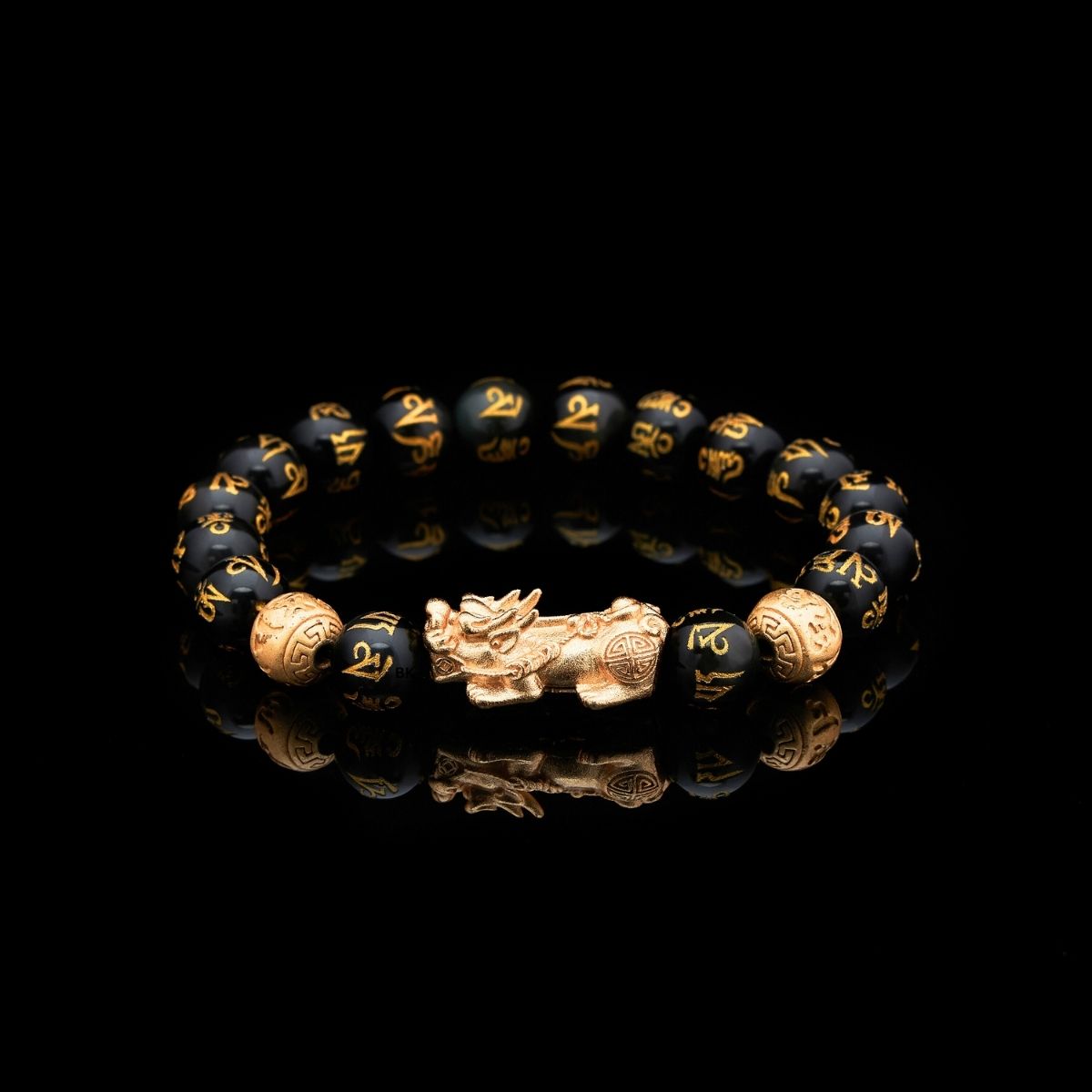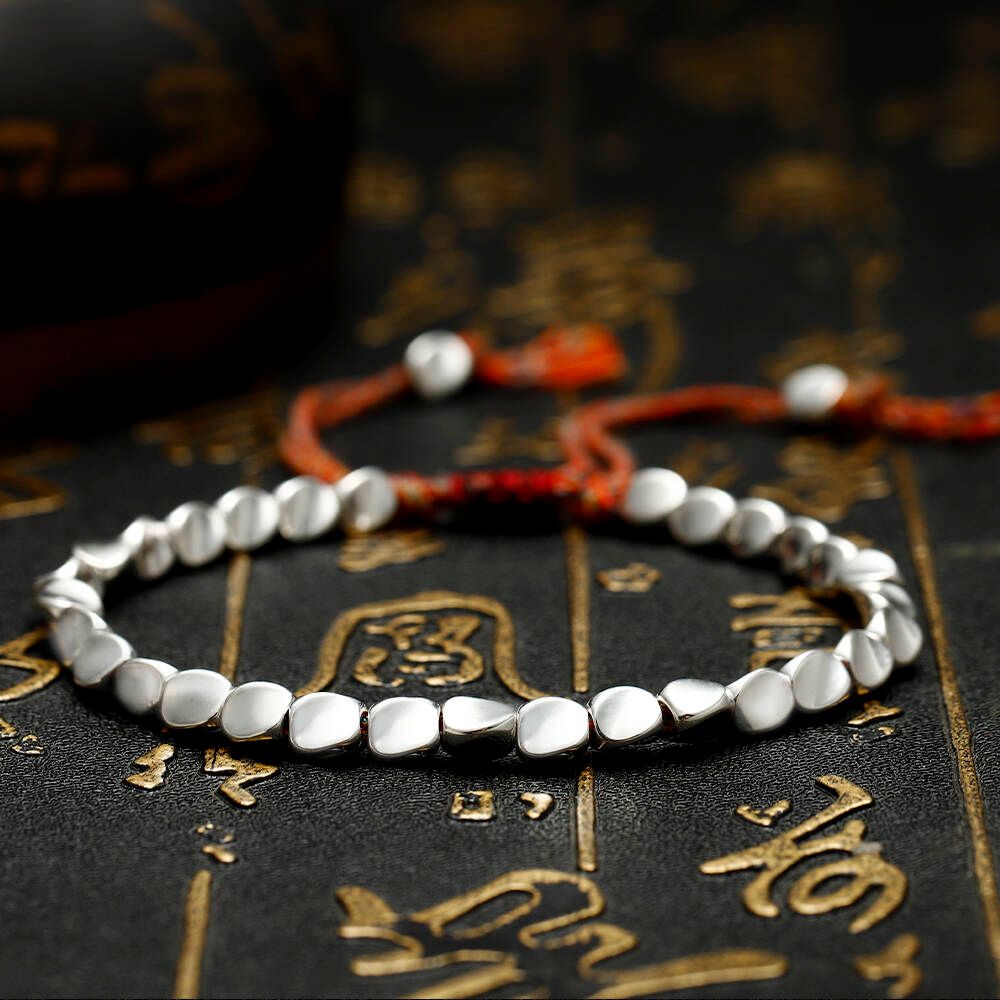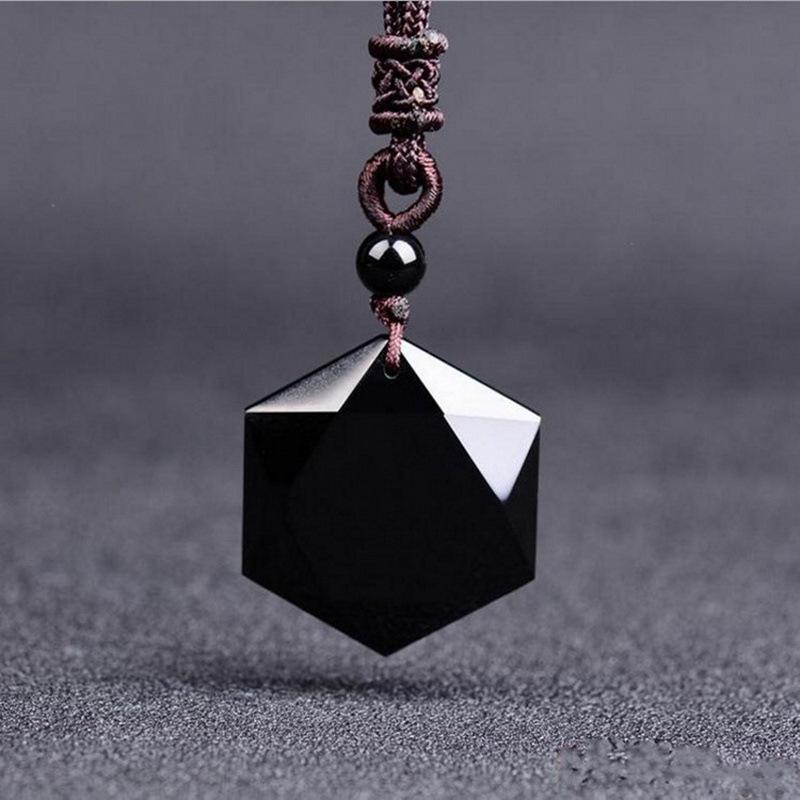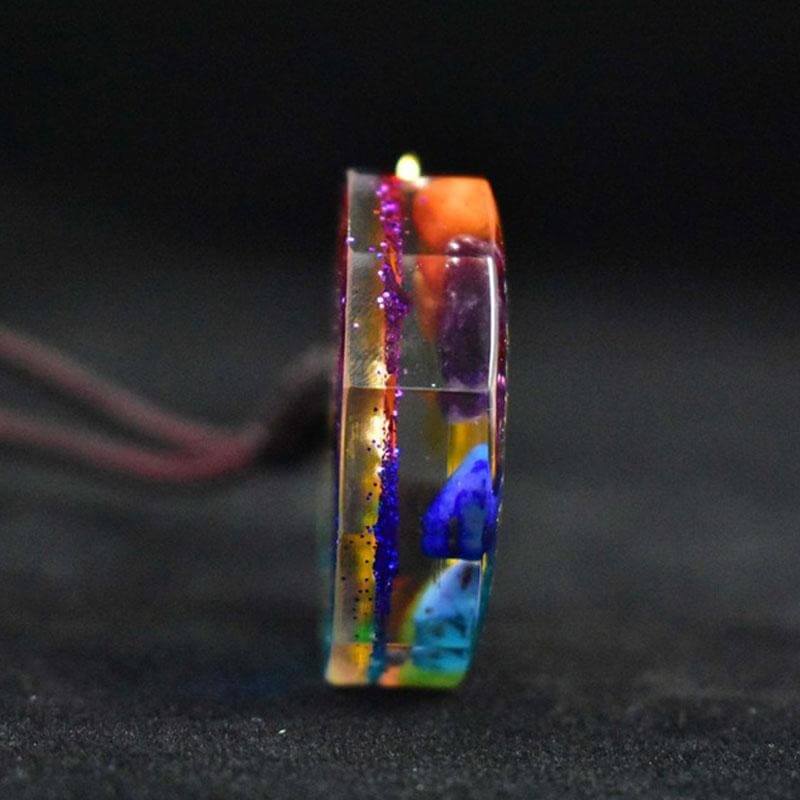Pearls have long been admired for their timeless elegance and beauty. But beyond their aesthetic appeal, many wonder: how much are pearls really worth? In this guide, we’ll explore the factors that determine a pearl’s value and how you can assess it yourself.
Understanding Pearl Value
Pearl prices vary significantly depending on several characteristics. From the type of pearl to its size and luster, each element plays a role in determining its value.
What Determines the Value of a Pearl?
Pearls are valued based on several key factors:
Type of Pearl
There are four main types of pearls:
-
Akoya Pearls – Known for their round shape and high luster. Commonly used in classic jewelry pieces.
-
Freshwater Pearls – More affordable and available in various shapes and colors.
-
Tahitian Pearls – Dark, exotic pearls from French Polynesia, usually black or grey.
-
South Sea Pearls – The rarest and most valuable type, known for their large size and rich luster.
Discover more about pearl symbolism and energy by reading What is a Feng Shui Bracelet?.
Size
Generally, the larger the pearl, the more valuable it is. South Sea pearls, for instance, are usually larger and command higher prices.
Luster
This refers to the pearl’s shine and surface reflection. High-luster pearls are more valuable because they appear brighter and more radiant.
Surface Quality
Blemishes or irregularities can lower a pearl’s value. The cleaner the surface, the higher the price.
Shape
While round pearls are the most traditional and sought-after, unique shapes like baroque pearls are gaining popularity.
Color
Pearl color can affect value, depending on demand and rarity. Natural colors (like golden South Sea pearls or peacock Tahitian pearls) can increase the price.
Nacre Thickness
Nacre is the layer that forms the pearl. Thicker nacre usually results in a longer-lasting, more lustrous pearl—thus higher in value.
Average Pearl Value by Type
To give you a better idea, here’s a general range of what pearls may cost:
-
Akoya Pearls: $100 to $10,000
-
Freshwater Pearls: $30 to $2,000
-
Tahitian Pearls: $200 to $20,000
-
South Sea Pearls: $500 to $100,000+
Prices vary based on quality, size, and origin.
If you're looking to attract wealth and abundance like the rare South Sea pearl, explore our Citrine Bracelets, designed to help manifest financial success.
Real vs. Fake Pearls
Alt-Text: how much are pearls worth - natural vs cultured pearls
Real pearls feel gritty when rubbed against your teeth, while fake pearls feel smooth. Also, real pearls are usually heavier and cooler to the touch than fakes.
How to Determine Pearl Value Yourself
Alt-Text: how much are pearls worth - types of pearls
Here’s a quick checklist when evaluating a pearl:
-
Identify the type of pearl.
-
Measure its diameter.
-
Check the luster by examining how clearly you can see your reflection on the surface.
-
Inspect the surface for blemishes.
-
Evaluate the shape – round is more valuable.
-
Observe the color and nacre thickness.
If you're unsure, consult a certified gemologist or a reputable jeweler.
Where to Sell or Buy Pearls
Alt-Text: how much are pearls worth - pearl value
Pearls can be bought or sold through:
-
Local jewelers
-
Online marketplaces
-
Auction houses
-
Specialty retailers
Make sure to get a professional appraisal if you’re planning to sell high-value pearls.
To learn how to cleanse and energize crystal jewelry for optimal benefits, check out our guide on How to Activate Your Pixiu Bracelet.
Final Thoughts
Alt-text: how much are pearls worth - tips for buying pearl
Pearls are not just beautiful accessories—they can also be valuable investments. Understanding what determines their worth helps you make better buying or selling decisions.
For those looking to enhance their spiritual and financial well-being, check out our blog post on How to Use a Citrine Bracelet for Wealth.
You might also enjoy exploring spiritual meanings in 111 Spiritual Meaning.
Explore our product range:
Understanding pearl value is the first step in appreciating the depth and richness of this timeless gemstone. Whether you're a collector, a jewelry enthusiast, or someone looking to make a smart purchase—use this guide to make informed decisions.














Leave a comment